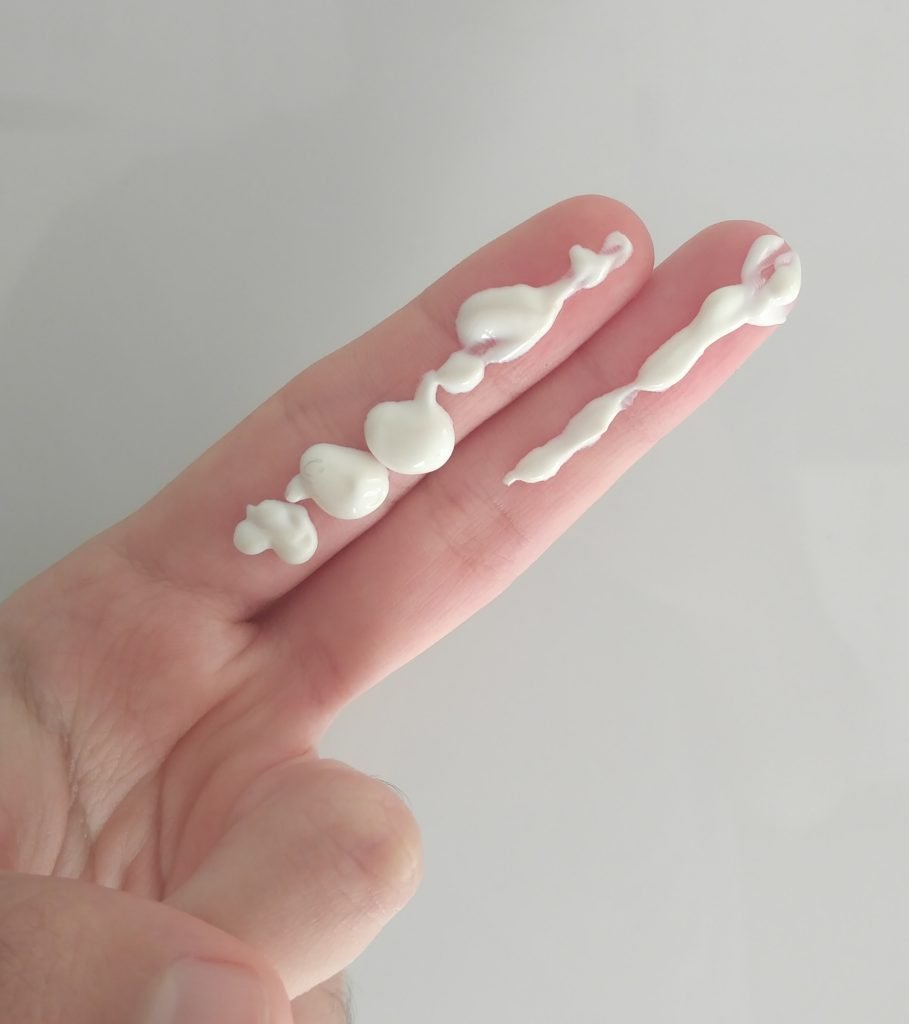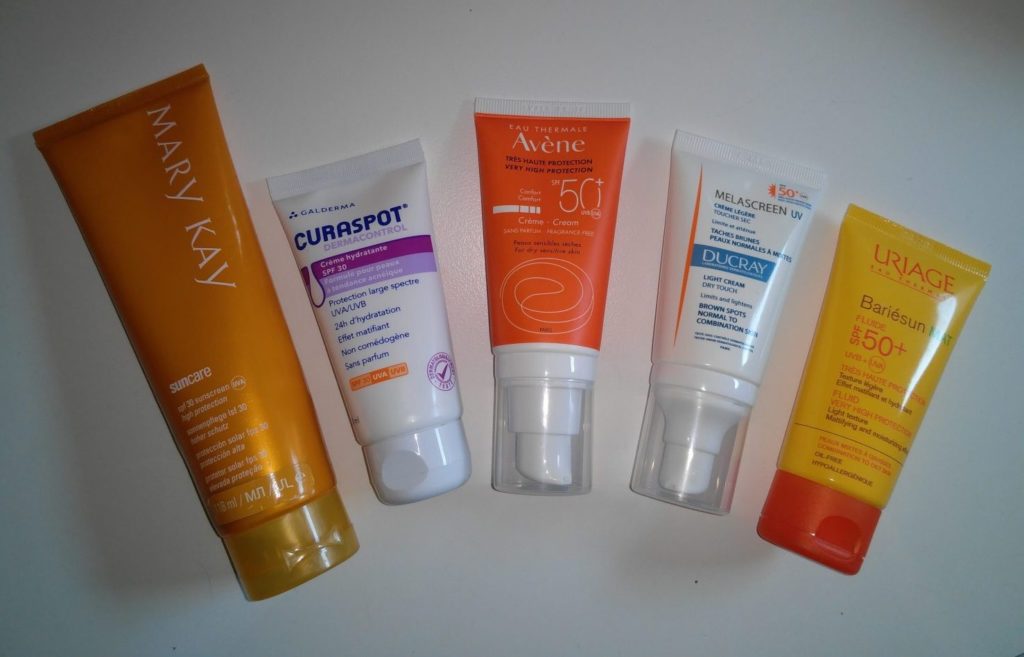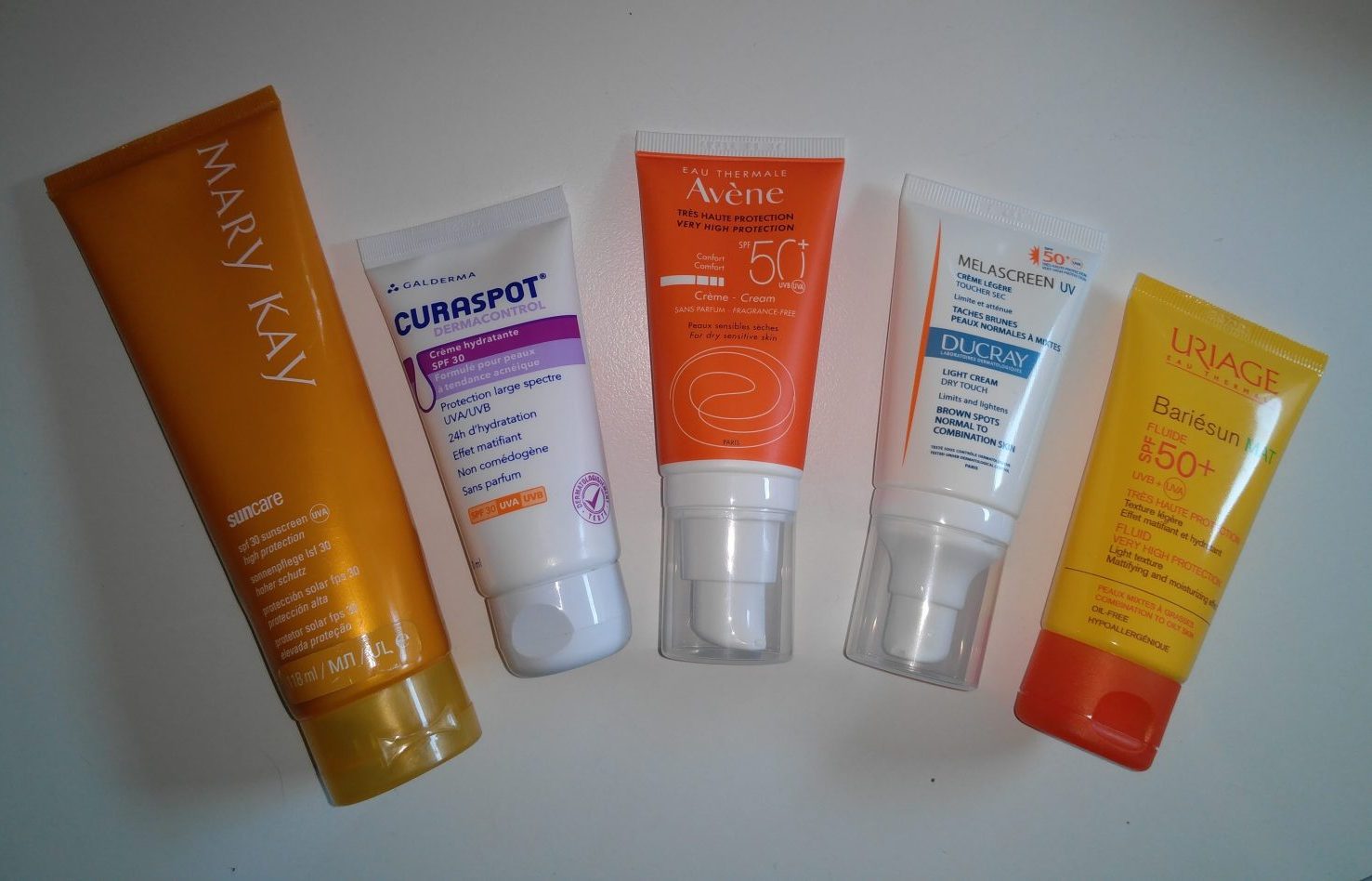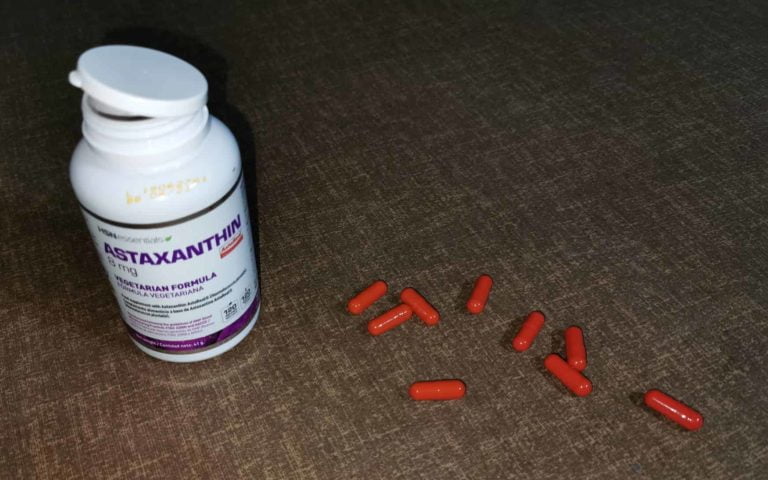Definitely, if there is something that you shouldn’t miss in your skin care routine is the use of a sunscreen every day.
Sunscreen is the most important step regardless of the time of year, even on the most cloudy days you still being exposed to the harmful UVA and UVB rays responsible for 80% of all skin aging.
How much sunscreen should I apply?

Ideally to get all the sunscreen effect you should use an SPF30 or higher and apply half a teaspoon for the face and neck and a tablespoon for the rest of the body. Another unit of measurement for the face would be like a finger and a half of sunscreen quantity.
Most people doesn’t use enough sunscreen quantity and that’s why they often get burn even though they’ve applied sunscreen, what means that if you use less sunscreen quantity the protection level will be significantly decreased.
How to apply sunscreen
Sunscreen should be your last skincare routine step, for instance, first you have to apply the rest of the products (cleanser, toner, treatments, moisturizer…) and after that the sunscreen. Makeup always is the last step, if you use it, apply it always after sunscreen.
Ideally, you should apply and extend it in all exposed skin areas (even in the ears and neck) when your skin is completely dry.
Make sure to apply it 15 to 30 minutes before leaving your house because some sunscreen (as it is explained above) take some time for being absorved and to start making effect.
Understanding differences between UVA and UVB rays
Both rays are harmful to the skin, however each one acts in one way and damages the skin in a different way.
UVA rays
UVA rays are always present even when it’s cloudy and they are constant regardless of the season, meaning that they are equally harmful in summer, winter or other season.
UVA rays penetrate skin’s deeper layers and are responsible of tanning and premature aging (photoaging) damaging the DNA and the collagen and elastin fibers that keep the skin in a healthy condition contributing to the development of sunspots and wrinkles.
UVB rays
UVB rays are responsible of sunburn and skin cancer. Some studies also claim that UVB rays could influence on premature skin aging too.
Unlike UVA, UVB change its intensity depending on the season and the time of day being stronger in summer and in the high sun intensity hours.
Do I need to wear sunscreen every single day?
Yes, as I’ve explained before, UVB rays have less intensity depending on the season and the time of day, on the other hand, UVA rays tend to be constant throughout the year. Even if you spend most of the day at home you should apply it at least once a day since most windows glass allow the passage of UVA rays.
Sunscreen rating systems
- SPF (Sun protection factor): The sun protection factor measures protection against UVB rays. The number multiplied by the time you usually take to burn shows how long you would take to get a sunburn. For example, if your sunscreen is SPF30 and you take 10 minutes to get a sunburn with the sunscreen applied it would take approximately 300 minutes. A SPF15 sunscreen should be able to block 93% of the sun’s rays while a SPF30 about 97% and SPF50 about 98%.
- PPD (Persistent pigment darkening): It is a method similar to SPF, but in this case, it measures the UVA rays, for example if you used PPD30, you would take 30 times more for getting a tan. Most sunscreens do not usually include PPD values, in Europe if a sunscreen has a circle surrounding the word UVA it means that it has at least 1/3 of PPD with respect to SPF, that is, if it is an SPF50 + it would have at least a PPD of 16 (50/3 = 16 aprox).
- PA+ (Protection grade of UVA): It is usually used in Asia and it matchs up different groups of PPD depending on their protection level. Being a:
- PA + (low UVA protection) a PPD of 2 to 4.
- PA ++ (moderate UVA protection) a PPD of 4 to 8.
- PA +++ (high UVA protection) of 8 to 16.
- PA ++++ (very high UVA protection) if it has a PPD of 16 or more.
How often should I reapply sunscreen?
Well, this is a very confusing and controversial question because each sunscreen usually gives re-application instructions which generally say that you have to reapply every two hours with.
However, after hours of research and talking with dermatologists and a medical professional of Pierre Fabre to clarify my doubts, I have concluded that most sunscreens (discussed later in this entry) are degraded with sun exposure and not over time, so if you apply enough sunscreen at once and spend most of the day indoors (keep in mind that for most of the windows glass let UVA rays to pass) your sunscreen should remain effective until the end of the day, on the other hand if you spend most of the time exposed to the sun it will be better to reapply every 2 hours.
Another factor that influences on the reapplication is sweating, because sweat could stop sunscreen from working, same with if you start touching your face you’re removing part of the sunscreen filter so it should be reapplied often.
Furthermore, although some sunscreen are water resistant you should reapply if you have been in the water.
Sunscreen types: Physical and chemical
- Physical sunscreen: They are usually mineral particles that act by absorbing the sunlight and comverting it into heat or another type of harmless energy and reflecting sunlight (but they just reflect 4-5% of sun rays), they tend to leave a white cast and its texture is usually more sticky than chemicals filters. They start working immediately after its application.
- Chemicals filters: They act by absorbing and converting solar energy into heat or another type of harmless energy to the skin. They don’t usually leave a white cast and they have a more pleasant texture. After its application you have to wait about 15 to 30 minutes before exposing to the sun in order to let it time to start working.
Different types of sunscreen and which ones are the best
There are different physical and chemical filters types, physical ones the most common are zinc oxide, titanium dioxide and iron oxide, instead the most common chemical filters are the tinosorb m, tinosorb s, uvinul A plus, cctocrylene, avobenzone, oxybenzone…

There will be differents types of filters allowed deppending on the country, now, not all filters are equally good and safe, most new generation filters are usually stable, they do not produce free radicals and they have very low allergy cases.
If you want to find information about different filters and which ones produce free radicals, disrupt hormones or are absorbed inside the body, I have created a comparative and easy to understand table that you can access here.
If you just simply want to know which ones are the best and which ones you should avoid, from my point of view the best sunscreen filters are the Tinosorb M and S filters, mexoryl XL, uvinul A plus and Uvasorb HEB since they are the most stable ones and they protect more than the others, furthermore, they do not generate free radicals, however both avobenzone and the rest of the physical filters, uvinul T150 and mexoryl XS have been proved to be good as well.
On the other hand, I DO NOT RECOMMEND using sunscreens with octocrylene (generates free radicals and it is a hormonal disruptor), oxybenzone (allergies, hormonal disrupt, free radicals…) among others.

